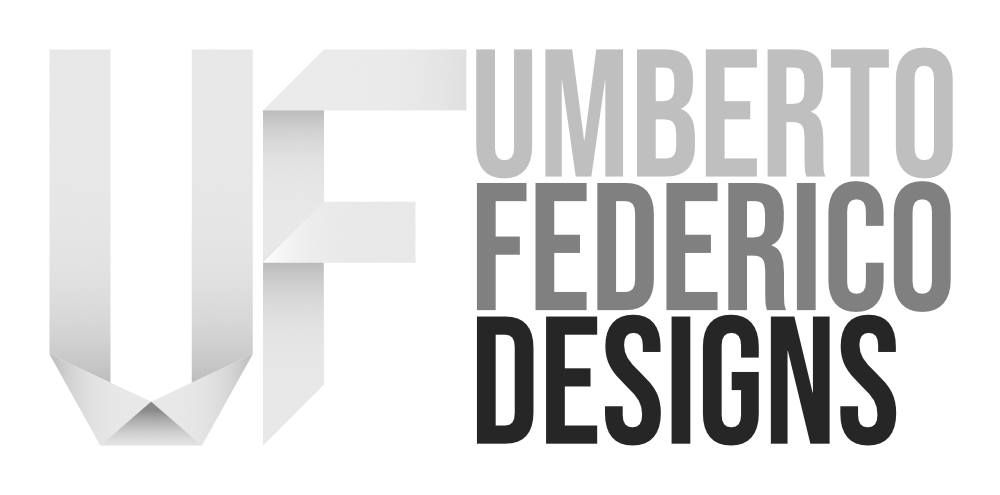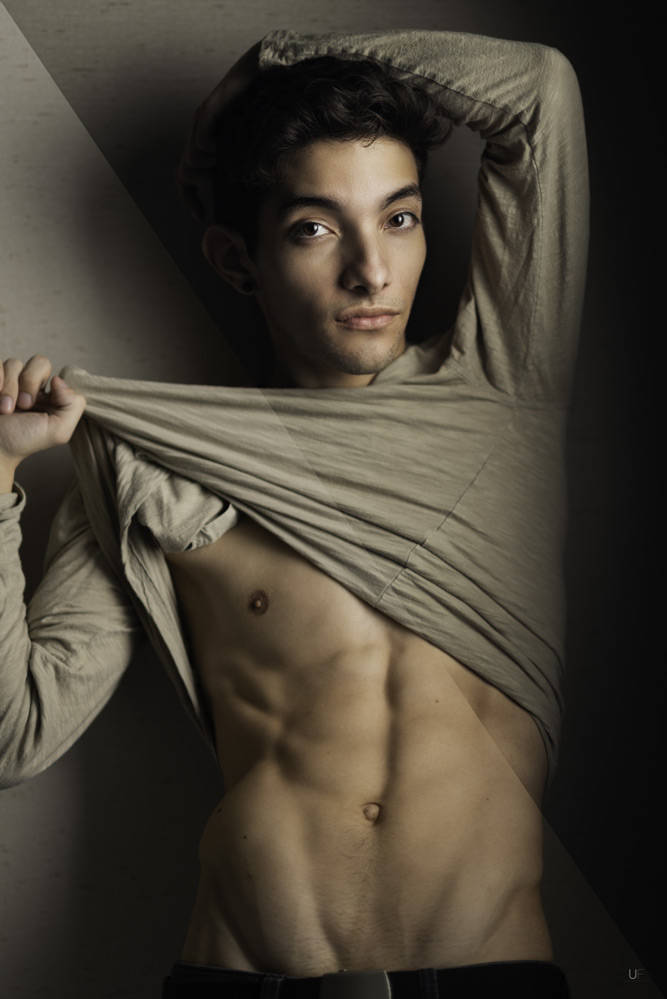The ethics of photo editing
From time to time I get into this discussion - mostly with people on social media. It's about the ethics of photo editing in photography and whether or not it is legitimate to edit photos and/or how much you should edit a photo.
The answer I give people, is always the same and today I want to discuss this a little more in detail in this blogpost to shed some light on this subject matter and what my opinions and preferences are.
The history of editing
I want to briefly go back to the 1840s when it was first possible to capture a photo on film. In 1846 a photographer named Calvert Richard Jones performed the first ever retouch on film eliminating an unwanted object from a shot. Now obviously, the techniques used to retouch in the old analogue days is slightly different than it is today in the digital era - but you will be surprised on how many terms and techniques have been transferred over to our today's workflow and into the apps and programs we use such as Adobe Lightroom or Photoshop. Ansel Adams is another well known name among photographers and he never made a secret of him retouching or cropping his images to get the result he wanted.
Does this mean that every photographer who retouches or alters the images he shot, is a bad photographer? I believe not - it all comes down to the ability to "see" a final image before shooting it. The image captured might include all the elements the photographer wanted in there, but couldn't capture for reasons like technical limitations, distractions in the frame or unpredictable circumstances just to mention a few. By editing the photo - either in the darkroom or on a computer these days, the photographer is then able to get the image to the point, where it resembles what he pictured in his mind before taking the shot.
The definition of art
Sometimes customers ask for unretouched photos - and what I always tell them is, that my work is not done just by taking the photo. I wouldn't want an unretouched shot to be shown to an audience because it is my work only 50% complete.
I have very high standards when it comes to the quality of my images. That doesn't mean that I think that my unretouched photos are bad - but I think that by editing them, I give that little extra spice to a shot. It is what makes it stand out and what shows my creative style and vision - makes it recognizable.
Why and how much editing?
Now you're maybe wondering about how much I edit my shots. I want to answer that by splitting the answer. My edit in general consists of two parts: 1. retouching 2. grading/toning.
Retouching gets rid of little annoyances like pimples, red patches, stray hair or any other thing that I - or even the model - don't want to see in a photo, or that is temporary anyway (like pimples). I guess everyone wants to look his best on a photo that will be a permanent memory or reminder of a point in time.
Grading or toning is something I do to all of my shots in one way or the other. It's the creation of a mood that underlines the already existent mood of the photograph. Whether it is the cooling down of tones in the shadows or the warming up of highlights - no matter what the photo "needs" - I'll do it to it.
Look at this example shot of Rodrigo (click to enlarge the photos, use the arrow keys to switch between the two). On the left you can see the before, on the right the after image. The difference is only subtle, but I think that's what makes the difference.
To conclude this article: I am not a fan of porcellain skin or overediting. I love a natural look, muted colors, sensuality and eroticism in my nude work. When it comes to travel photography, I want the viewer to get the emotion of a shot and understand what it must have been like, to stand there in that moment, with that view. I want people to dream, I want them to see what a beautiful world we have and maybe appreciate it even more.
So yes - I think photo editing is a legitimate tool for every photographer. Find your personal style. Create a language in your shots. Convey emotions with how you edit. If it speaks to you and speaks to others, then you have done everything right!


